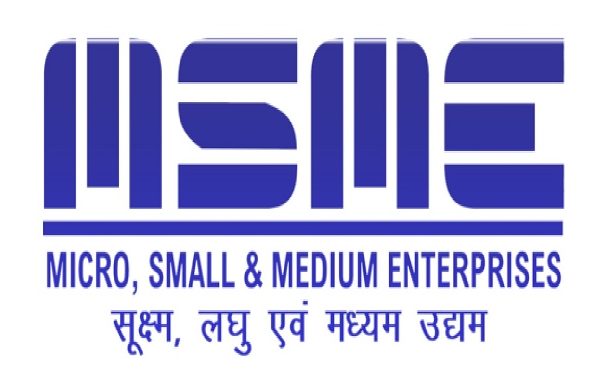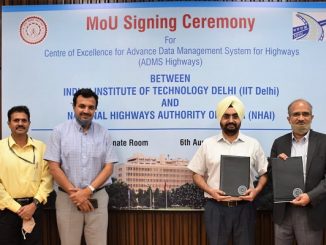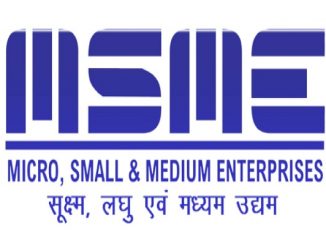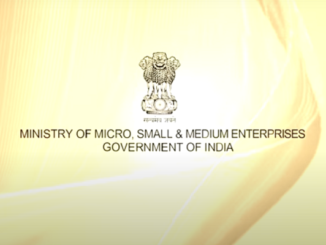
Aug 1: Union Minister for MSME, Shri Nitin Gadkari has approved a unique employment generation program proposed by Khadi and Village Industries Commission (KVIC) to make India Aatmanirbhar in Agarbatti production. The program named as “Khadi Agarbatti Aatmanirbhar Mission” aims at creating employment for unemployed and migrant workers in different parts of the country while increasing domestic Agarbatti production substantially. The proposal was submitted to the Ministry of MSME for approval last month. The pilot project will be launched soon and on full-fledged implementation of the project, thousands of jobs will be created in the Agarbatti industry.
The scheme designed by KVIC on PPP mode is unique in the sense that in a very less investment, it will create sustainable employment and help private Agarbatti manufacturers to scale up Agarbatti production without any capital investment by them. Under the scheme, KVIC will provide Automatic Agarbatti making machines and powder mixing machines to the artisans through the successful private Agarbatti manufacturers who will sign the agreement as business partners. KVIC has decided to procure only locally made machines by Indian manufacturers which also aims at encouraging local production.
KVIC will provide 25% subsidy on the cost of the machines and will recover the remaining 75% of the cost from the artisans in easy installments every month. The business partner will provide the raw material to the artisans for making Agarbatti and will pay them wages on job work basis. Cost of artisans’ training will be shared between KVIC and the private business partner wherein KVIC will bear 75% of the cost while 25% will be paid by the business partner.
Each automatic Agarbatti making machine makes approximately 80 kg Agarbatti per day which will provide direct employment to 4 persons. One powder mixing machine, to be given on a set on 5 Agarbatti making machines, will provide employment to 2 persons.
The current job work rate for Agarbatti making is Rs 15 per kg. At this rate, 4 artisans working on one Automatic Agarbatti machine will earn minimum Rs 1200 per day by making 80 kg of Agarbatti. Hence every artisan will earn at least Rs 300 per day. Similarly, on powder mixing machine, each artisan will get a fixed amount of Rs 250 per day.
As per the scheme, the wages to the artisans will be provided by the business partners on weekly basis directly in their accounts through DBT only. Supply of raw material to the artisans, logistics, quality control and marketing of the final product will be the sole responsibility of the business partner. After recovery of the 75% cost, the ownership of the machines will automatically be transferred to the artisans.
A two-party agreement to this effect will be signed between KVIC and the Private Agarbatti manufacturer for successful running of the project on PPP Mode.
The scheme has been designed in wake of the two major decisions – import restriction on Raw Agarbatti and increase in import duty on Bamboo sticks – taken by the Ministry of Commerce and Ministry of Finance respectively on the initiative of Shri Gadkari.
KVIC Chairman Shri Vinai Kumar Saxena said the two decisions of the Central Government created a huge employment opportunity in the Agarbatti industry. “In order to encash the huge employment generation opportunity, the KVIC designed a program namely “Khadi Agarbatti Aatmanirbhar Mission” and submitted to the Ministry of MSME for approval,” Saxena said.
The program aims at handholding artisans and supporting the local Agarbatti industry. The current consumption of Agarbatti in the country is approximately 1490 MT per day; however, India’s per day production of Agarbatti is just 760 MT. There is a huge gap between the demand and the supply and hence, immense scope for job creation.
Disclaimer: We donot claim that the images used as part of the news published are always owned by us. From time to time, we use images sourced as part of news or any related images or representations. Kindly take a look at our image usage policy on how we select the image that are used as part of the news.


